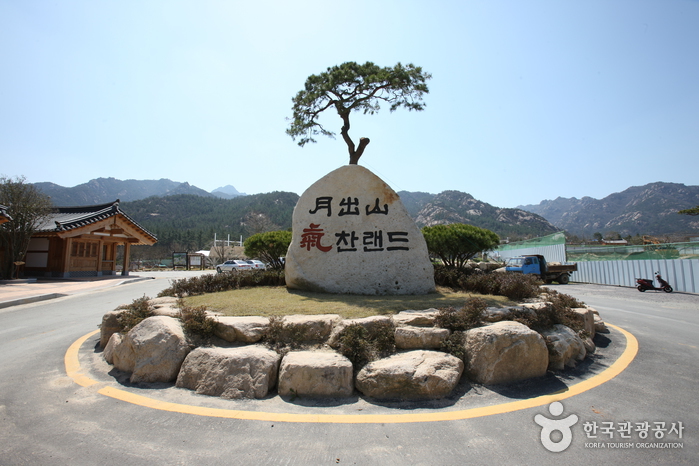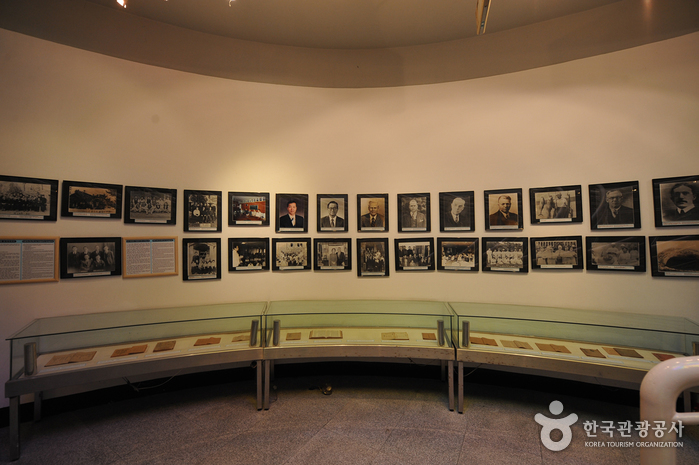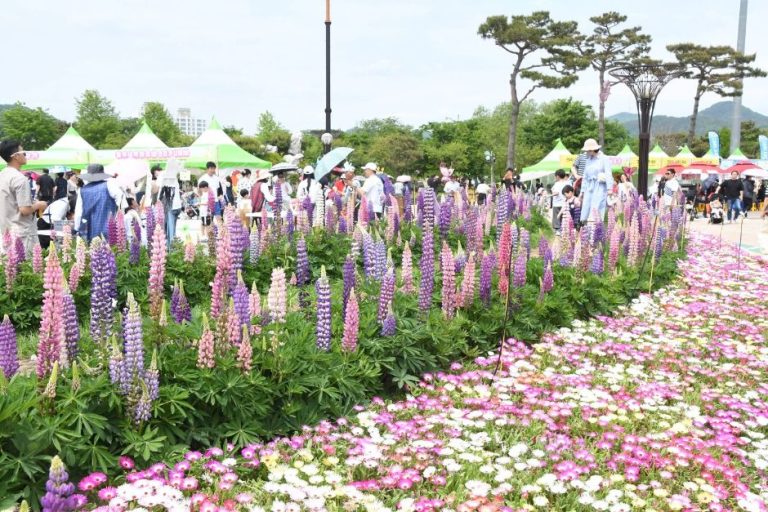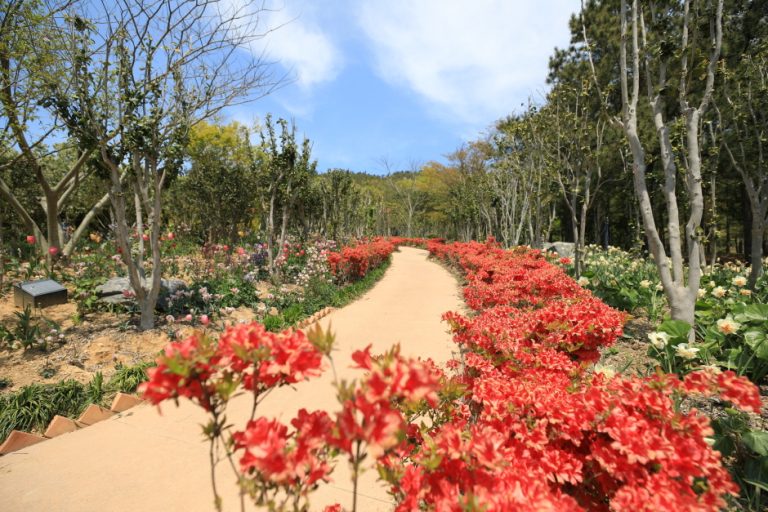National Center for Forest Education, Naju (국립나주숲체원)
National Center for Forest Education, Naju (국립나주숲체원)
– Homepage
www.fowi.or.kr
National Center for Forest Education, Naju is a national recreational facility located on Geumseongsan Mountain. It operates customized forest education and cultural programs based on the wild tea plantation of Geumseongsan Mountain and the culture of Naju. Utilizing the facilities of the forest center and the surrounding nature, it offers various experiential programs such as forest walking, stretching, meditation, and natural dyeing experiences of Naju’s traditional culture.
– Address : 116 Geumseongsan-gil, Naju-si, Jeollanam-do
※ Presentation Information
– Experience Guide
Forest education program, Forest culture program
– Interpretation support through the Naju Rainbow Forest Talent Sharing Group
– Information and Guides
+82-61-338-8400
– Parking
Available
– Day Off
First Monday of every month
– Operating Hours
09:00-18:00
– Activity Fees
Fees vary by programs
– Restrooms
Available
– Available Facilities
Experience center, Lecture hall, Visitor center, Book café, Accommodations (Recreation center, Forest house)
◎ Nearby Tourism Infobox
⊙ 3917Majung (3917마중)
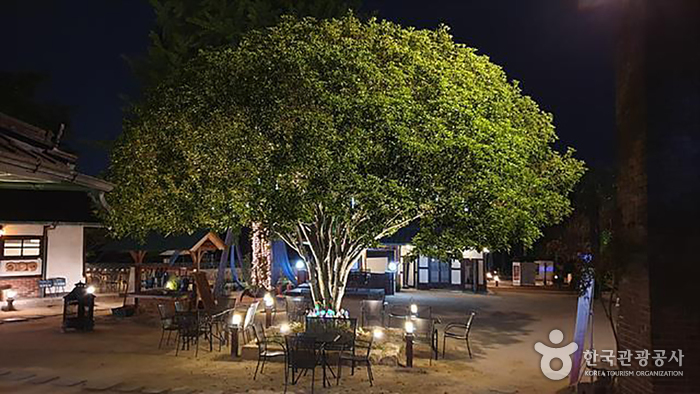
– Homepage
http://blog.naver.com/3917majung
– Tel
+82-61-331-3917
3917 Majung is a Japanese- and Western-style hanok commonly seen in the late Korean Empire period, in Naju, Jeollanam-do, which combines a cafe, cultural space and hanok stay. The 3.2 acre site contains four buildings, with a mixture of ondol rooms, tatami rooms, daecheong floors and numaru lofts. Some buildings have bathrooms installed, some share outdoor bathrooms. All four buildings are let as private houses.
⊙ Himart – Naju Branch [Tax Refund Shop] (하이마트 나주점)
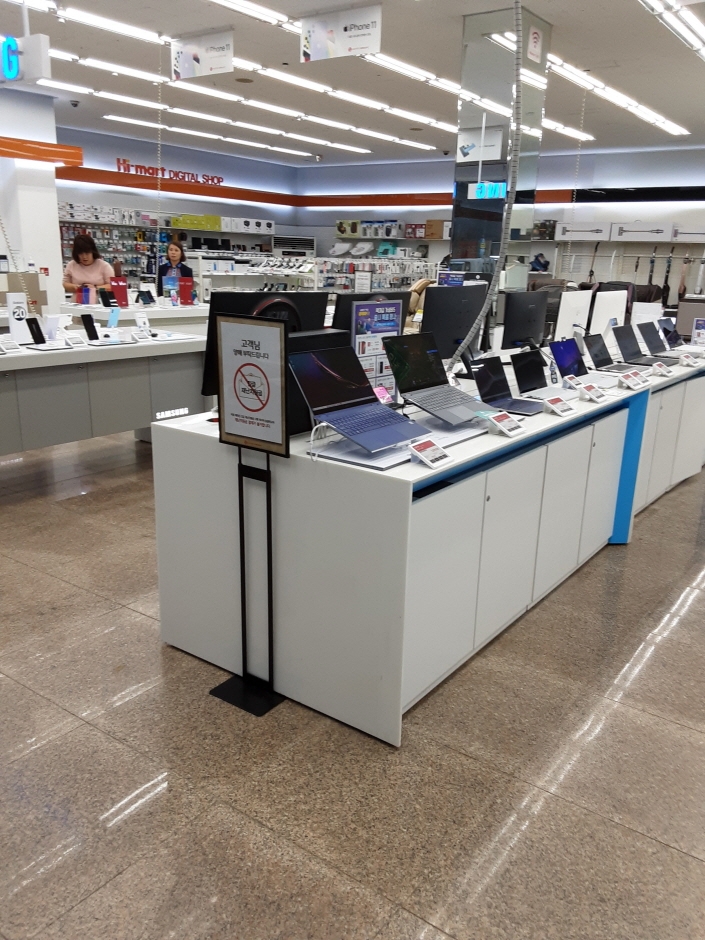
–
⊙ Hyanggyo-gil 20 Café (향교길20카페)

– Homepage
https://www.instagram.com/najucafe20/
Hyanggyo-gil 20 Café is a hanok café located along the Hyanggyo-gil street in Naju. Visitors can enjoy beverages in a space that preserves the beauty of tradition through the renovation of hanok architecture. One of its signature items is the Naju bae ssalppang (Naju pear-shaped rice bread), a gluten-free dessert made by filling a rice dough, incorporating Naju pears, with cream. It pairs wonderfully with traditional Korean beverages such as hongsam ssanghwacha (red ginseng medicinal herb tea) and daechucha (jujube tea).
⊙ Naju Geumseonggwan Hall (나주 금성관)
View detailed guide on Korea Trip Guide →

– Homepage
www.cha.go.kr
www.naju.go.kr
– Tel
+82-61-339-8613
Naju Geumseonggwan Hall was a state-run guesthouse for government officials during the Joseon period. It was the venue for ceremonial praise rituals for the king, taking place on the first and 15th of each month, as well as banquets held in honor of visiting dignitaries. The building was constructed sometime between 1475 and 1479. The building was remodeled during the Japanese occupation, but was restored to its original design in 1977.
⊙ Naju Moksanaea (나주목사내아)
View detailed guide on Korea Trip Guide →
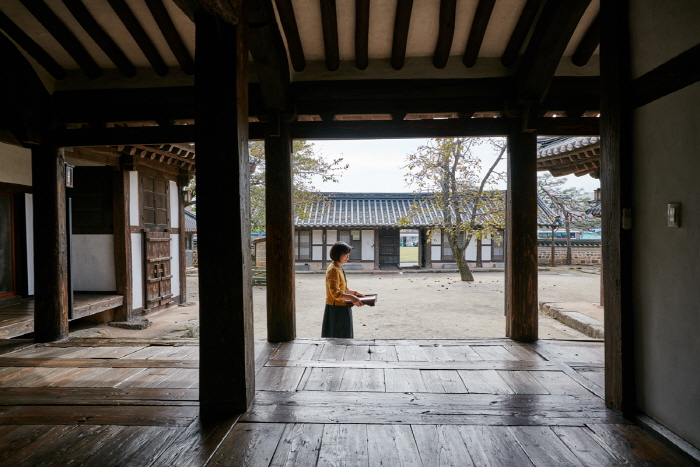
– Homepage
www.naju.go.kr
– Tel
+82-61-332-6565
Naju Moksanaea was the private residence of Naju’s moksa, the title of highest official in the region. This traditional hanok house was built in 1825 and follows the traditional hanok design of a wealthy aristocrat. It is recognized as Jeollanam-do Cultural Hertiage Material.
![The North Face White Label – Yeosu Branch [Tax Refund Shop] (노스페이스 화이트라벨 여수점)](https://ktrip.blogsailing.com/wp-content/uploads/2025/11/2886811_image2_1-768x373.jpg)
